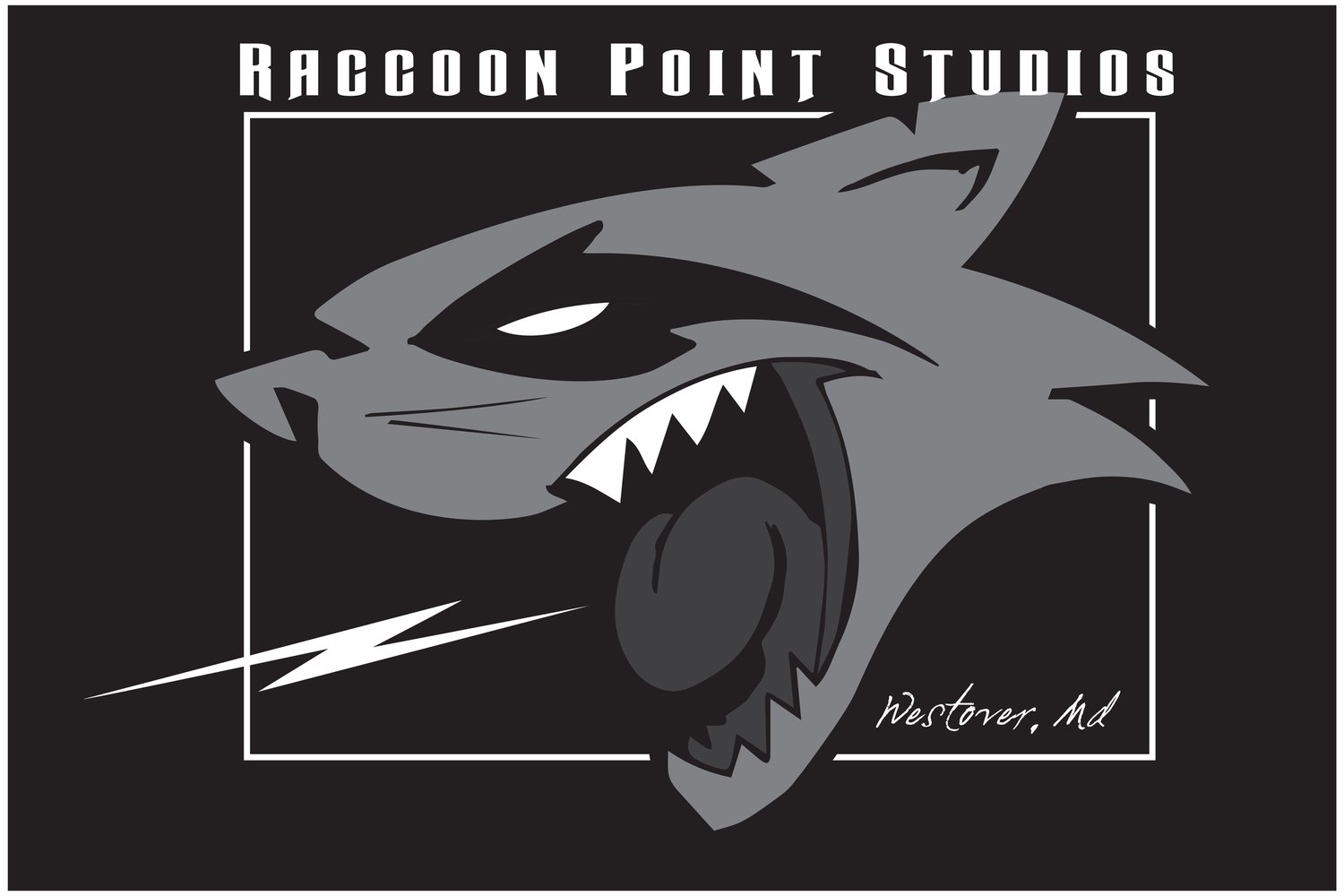Can You Explain the Differences Between Analog and Digital Pedals?
let's dive into the world of guitar pedals!
Analog Pedals:
1. Circuitry: Analog pedals use physical electronic components (like resistors, capacitors, and transistors) to manipulate the guitar signal.
2. Sound: They are often praised for their warm, natural, and organic tones. The nuances in an analog pedal's sound are due to the way these components interact with the guitar signal.
3. Simplicity: Typically, analog pedals have fewer adjustable parameters, leading to a more straightforward and intuitive control set.
4. Signal Path: The signal remains in an analog format throughout its path, which some argue preserves the original tone of the guitar.
5. Variability: Due to the nature of analog components, two identical analog pedals can sound slightly different.
Examples of popular analog pedals:
1. Danelectro Spring King Reverb: Known for its spring reverb sound.
2. Gamechanger Audio Light Pedal Optical Reverb: A hybrid circuit pedal.
3. TC Electronic Fluorescence Shimmer Reverb: Offers shimmering reverb effects.
4. Keeley DDR Drive Delay/Reverb: Another hybrid circuit pedal.
5. JHS Spring Tank Reverb: Features a hybrid circuit.
6. TC Electronic Drip Spring Reverb: Known for its spring reverb sound.
7. Electro-Harmonix Memory Man: This analog delay is one of the most in-demand ever built. It has effects for reverb, delay, chorus, vibrato, and pitch shifter.
8. Electro-Harmonix Super Space Drum Reverb: Uses analog synthesis.
9. Surfy Industries Surfy Bear Classic: A classic reverb pedal.
10. Carl Martin Headroom: Known for its roomy reverb effects.
Digital Pedals:
1. Circuitry: Digital pedals use microprocessors to convert the guitar's analog signal into a digital format (think 0s and 1s) before processing it.
2. Versatility and Complexity: They can offer a wider range of sounds and effects. This is because digital processing allows for more complex algorithms and effects that can't be achieved with analog circuitry.
3. Consistency: Digital pedals provide a more consistent sound, as digital circuits are not subject to the same variations as analog components.
4. Control and Flexibility: They often come with more adjustable parameters and sometimes even the ability to save presets.
5. Purity of Signal: Some purists argue that the conversion process from analog to digital and back can affect the guitar's original tone, though advances in technology have greatly minimized this issue.
Digital Pedals:
1. Boss DD-7: Offers a range of delay effects and tap tempo control.
2. Donner Multi: Features multiple delay modes and true bypass.
3. TC Electronic Flashback Mini: A compact pedal with a variety of delay effects and tap tempo.
4. JOYO D-SEED Dual Channel: Dual-channel delay with multiple modes and true bypass.
5. Electro Harmonix Canyon: Offers modern delays, looping ability, and multiple delay settings.
6. TC Electronic Flashback 2: Features Tone-Print technology, MASH technology, and true bypass.
7. Boss DD-20 Giga Delay: A twin delay pedal with various delay styles and a looper function.
8. TC Electronic ND-1 Nova Delay: Offers six delay modes and the ability to store presets.
9. Mooer Reecho: Provides three distinct delay modes and true bypass.
10. Strymon Volante- Digital Tape Echo Machine with tons of capabilities.
In the end, the choice between analog and digital pedals often comes down to personal preference and the specific needs of your music. Some guitarists swear by the warmth of analog, while others embrace the versatility and precision of digital effects. Many players use a mix of both to get the best of both worlds!
Search for Used Gear Here: https://tidd.ly/3RD5GAX
Take a look at our Reverb Shop here: https://reverb.com/shop/rpmusic
Hey, we’re RPMusic Studios, a real-life Recording Studio on the beautiful Eastern Shore of Maryland. We love our recording studio, YouTube Channel, and Blog, and we hope you do too. If you enjoyed this post, don’t forget to SUBSCRIBE below. Want to learn some awesome recording tips? Grab your FREE GUIDE here. And feel free to visit our website, follow us on social media, and drop us a line anytime. We’d love to hear from you! 🎸
If you think someone will like what we do please forward!
Disclaimer: These are affiliate links, which means we receive a commission if you click on them and make a purchase. As Amazon and Reverb Associates, we earn from qualifying purchases. This is at no additional cost to you and it helps us fund our business and bring you more helpful content. We only recommend products that we believe in. Thank you for your support!

























Welcome back to the RPMusic Studios blog! Today, we're venturing into the realm of the bizarre, the unique, and the downright weird in guitar pedal technology. I know, it is one of our favorite subjects! Prepare to have your mind blown by seven guitar pedals that push the boundaries of what you thought possible with your six strings.